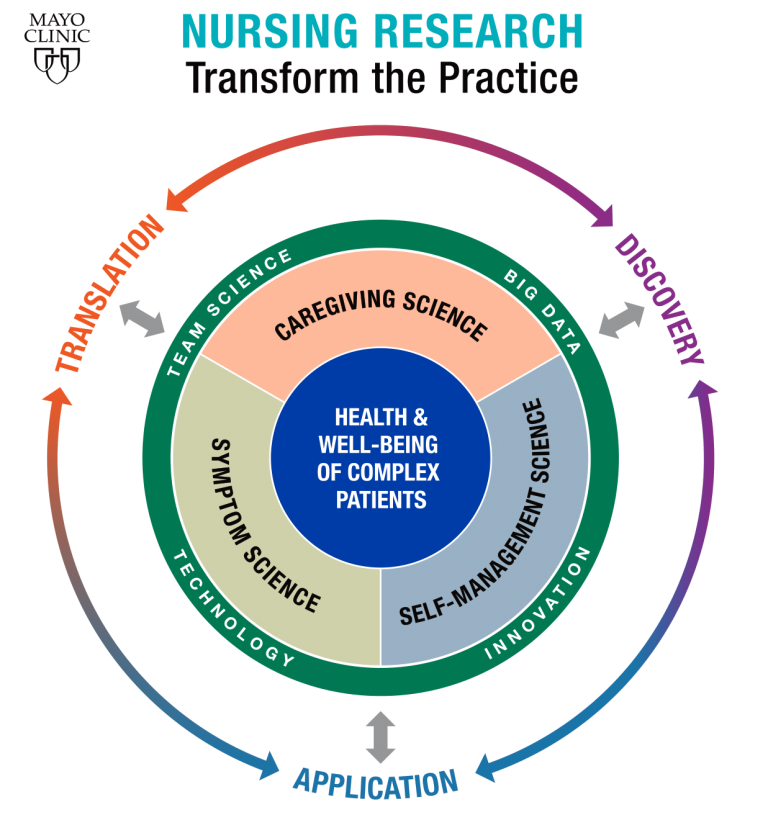-
Helping Others Heal: New technology helps give the gift of breath

Chuck Boetsch inhaled, drawing his breath in deeply for the first time in a long time.
“My wife and two of my daughters were in my hospital room,” Chuck says. “I took a deep breath, and I was overwhelmed.”
Chuck, now 73, of Palm Harbor, Florida, will always remember the act — so often taken for granted — when he awoke on Dec. 1, 2017, two days after lung transplant surgery at Mayo Clinic’s Florida campus.
A Winding Road
That first breath was an end to a journey that began in 2013, when Chuck was living in Chicago and working as the CEO of a logistics company.
“I was having shortness of breath,” Chuck says. “I initially thought it was just age-related, and I needed to exercise more. But as much as I worked out, my endurance and breathing didn’t improve.”
After multiple visits to several doctors, he was diagnosed with idiopathic pulmonary fibrosis. IPF is the leading cause of lung transplantation. The disease has no known cause or cure, and its progression is unpredictable. People typically live between three and five years after diagnosis, according to the American Lung Association, but some can live much longer.
Read the rest of Chucks' story.







